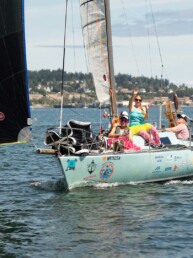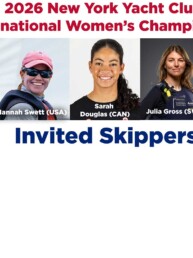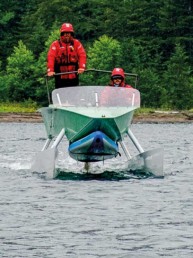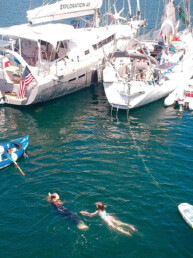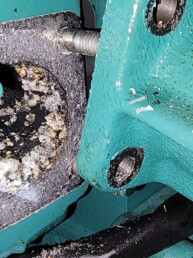Another great Center Sound Series race is in the books and, like the first one, it included an unusual amount of reaching for this area.
A few years back, the course predictability of the second installment of CYC Seattle’s Center Sound Series was replaced with course flexibility. No longer Scatchet Head or bust, the race committee is now given more options to run unique races that fit the day’s conditions.
On March 11, the 2023 edition saw the committee making use of another easterly-trending southerly to send racers on a southward course that was unconventional for Center Sound Series. Racers were to sail around Blake Island (passing it to port, which most consider the “wrong” way around if given the choice), then it was across the Sound to Duwamish Head, back to a temporary mark north of the committee boat, and on to the finish.
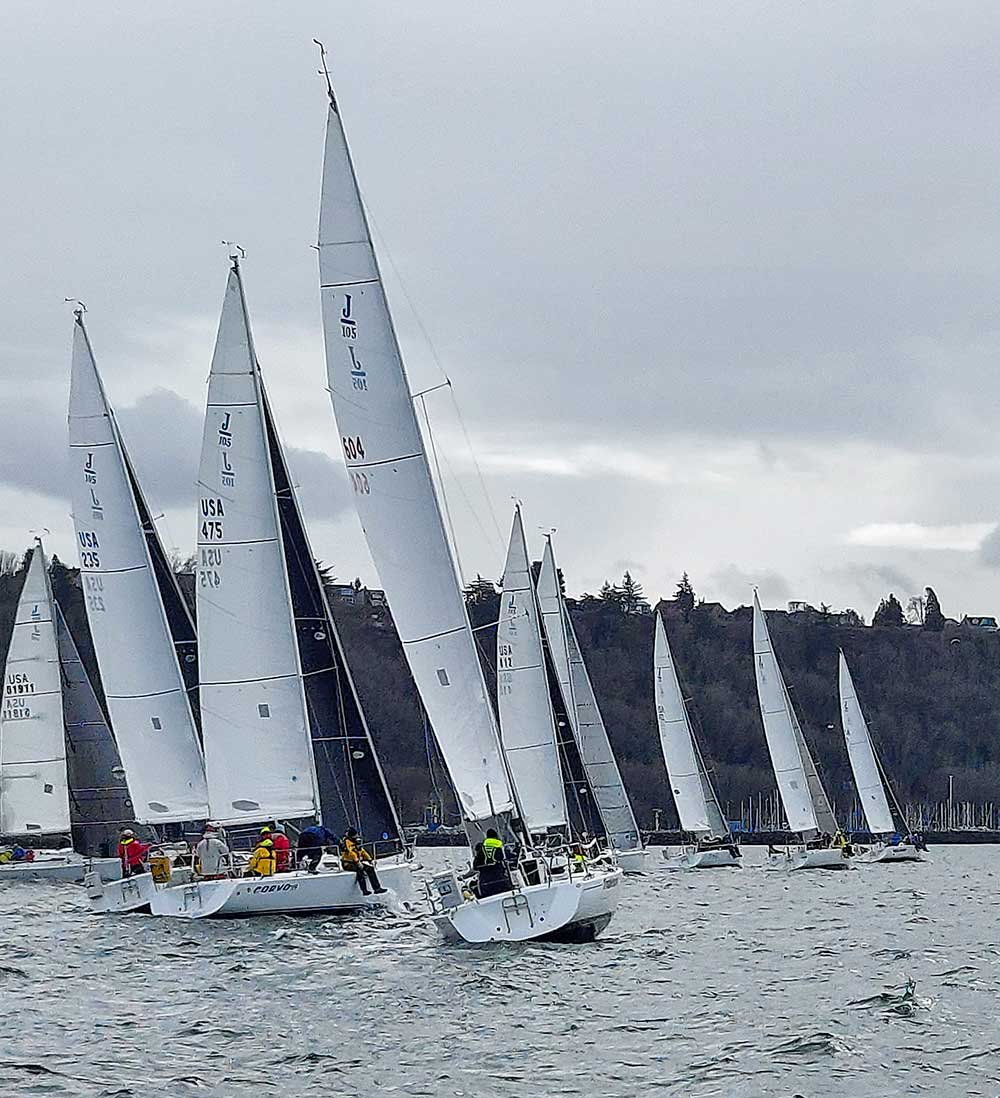
The race started in a 5 to 8 knot southeasterly with most boats aiming to short tack the beach up Discovery Park to West Point, looking for current relief in the building ebb. There was definitely an advantage close to that shore, especially for the later classes. Some of the first classes to start had a couple of boats who headed toward Bainbridge Island straight off the start line and, eventually, those handful of boats were positively launched. A few boats in later classes tried the same, but a decrease in breeze and ebb turned the tables, and left them in a rough spot.
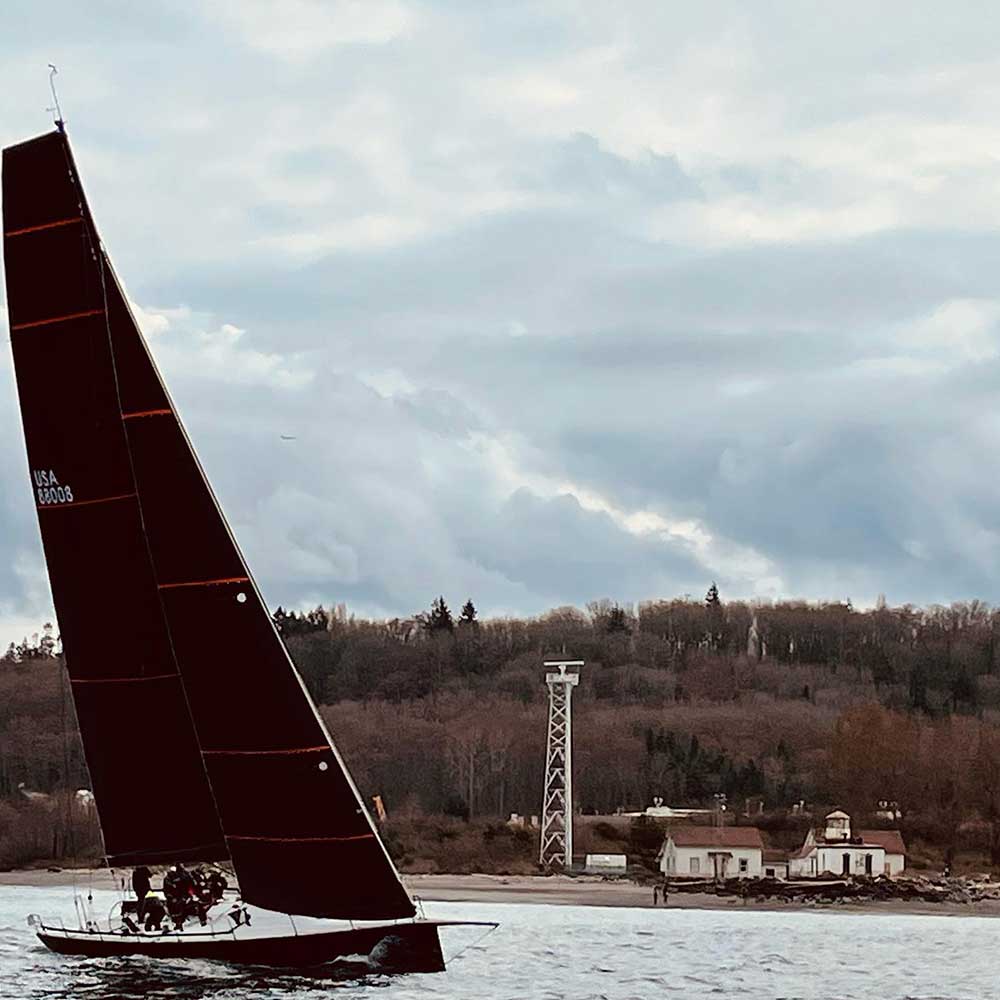
The day provided lots of variation in wind velocity and direction. Even the boats that were literally miles ahead of the competition endured consolidations in changing conditions.
Arriving on the Bainbridge side, short-tacking the beach was crucial up to the shallow spit that protects Eagle Harbor. But then near Blakely Rock, unexpectedly, a lane a little farther outside gave access to better breeze in both pressure and shift — boats only about 100 yards farther offshore than the inside-most group were suddenly lifted near rhumbline to Restoration Point, while those inside were forced to tack along the shore.
Navigating the transitions was the job of the day, and the section around Restoration Point was one of the biggest. The ebb was pumping, so finding a lane with pressure was paramount. Once clear of the point, the breeze backed farther east, and it was a deep jib reach to get to Blake Island for the lead pack. Those arriving later flew spinnakers on this leg. The breeze was steady and approaching 10 knots, and there was little advantage to anything other than sailing the shortest distance. On the TP52 Glory, we had gotten out to a solid lead on the other 52s off the southern end of Bainbridge and stayed focused on boat speed on this single-lane portion of the course.
Arriving at Blake Island, the island’s several hundred feet of elevation created a bit of wind shadow on the leeward side. Here came another transition. Soon, giving the island a wide-berth to avoid wind shadow became less important than finding the advantageous current along the beach and and steering clear of the glassy spot off to the west. It was here we finally caught and passed the Ross 930 Gaucho, which had been one of the early crossers and had horizoned the fleet up to this point. They were so far ahead of everybody, we weren’t even sure they were a boat in the race.
Bearing away on starboard tack at the southern end of Blake Island, it looked like we’d have a nice tight spinnaker reach over to Alki, but the breeze quickly evaporated. Transition time deja vu. Sails went up and down as we tried to keep boat speeds above 1 knot. Eventually, we got moving again on another jib reach with the breeze shifting around to the west. The other 52s, Smoke and Mist, started gaining on us with kites up, so we put up our A1 spinnaker too, which helped us ghost around Alki in slow motion.
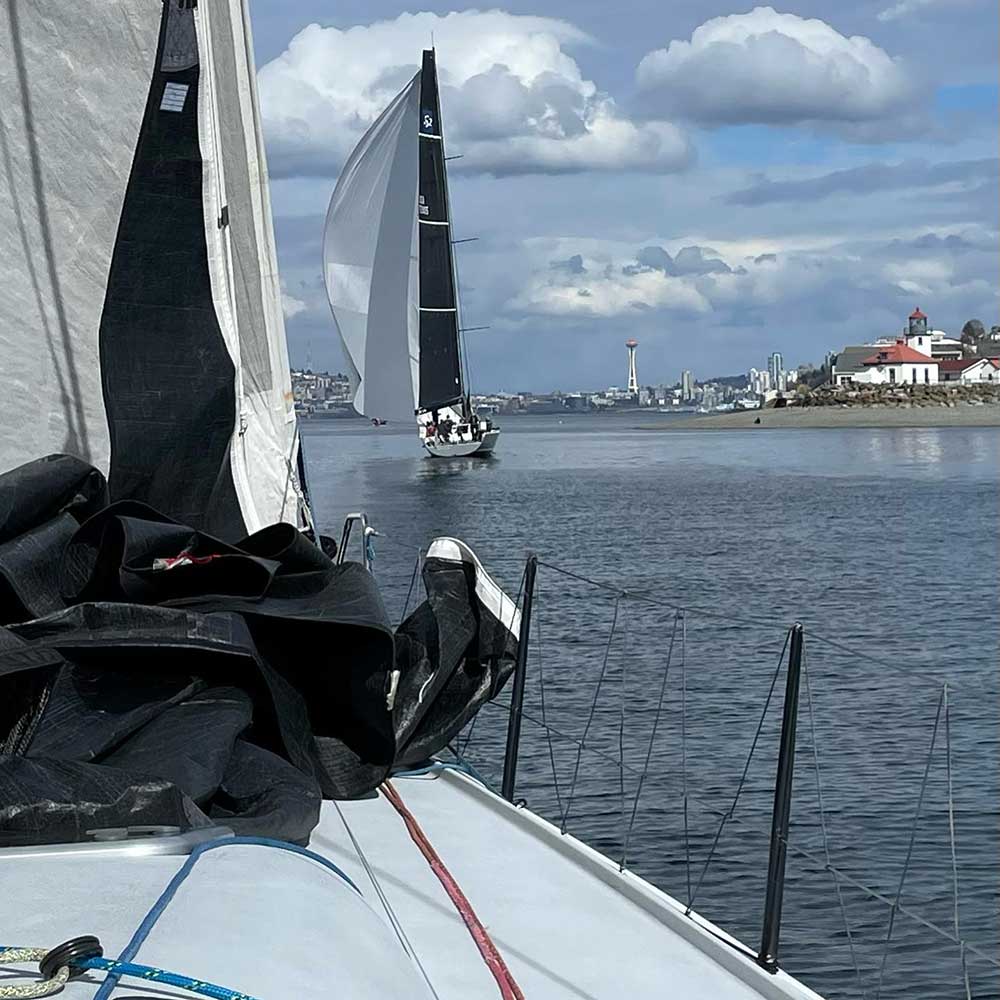
East of Alki, the wind picked up a bit and was well aft of our course, so we got to practice our light air jibes on the way to Duwamish. In the slightly building pressure, there was some debate about whether it was best to try to turn up with the kite or douse and jib reach. We rolled the dice with the kite and were able to hold it most of the way across Elliott Bay, eventually moving to the jib to give some westward distance to the shelf under Magnolia Bluff (where another blue boat unfortunately found the bottom early in the race, where they were stuck until the flood tide returned).
We snuck around West Point jib reaching in the inconsistent westerly; and made our way into Shilshole Bay while watching the breeze dry up on the south side of the point, allowing us to gain more distance on the competition. We kept steady progress, tacked around the temporary mark, and jib reached back to the finish. Several lifelong Puget Sound sailors on our boat agreed that they’d never jib reached in this area as much as these first two Center Sound Series races! One way or another, it had been a clean and efficient day on Glory, and we were happy to cross the line first and win our class.
In the overall, the top spots went to some of the light and fast PHRF competitors, with first going to the always-well-sailed Riptide 35, Terremoto. They were followed by Farr 36OD Annapurna in second, and Farr 39CR Tachyon in third.
Thanks to all the sailors and the committee for coming out to play. And congrats especially to those boats who were able to stay on their toes through this unusual course with such variable conditions. Who knows what the final race of the series will bring in late March, but at this rate, it’ll probably involve plenty of jib reaching!
Full results available at cycseattle.org.
Title background photo courtesy of Diane de Borde.
Joe Cline
Joe Cline has been the Managing Editor of 48° North since 2014. From his career to his volunteer leadership in the marine industry, from racing sailboats large and small to his discovery of Pacific Northwest cruising —Joe is as sail-smitten as they come. Joe and his wife, Kaylin, have welcomed a couple of beautiful kiddos in the last few years, and he is enjoying fatherhood while still finding time to make a little music and even occasionally go sailing.

